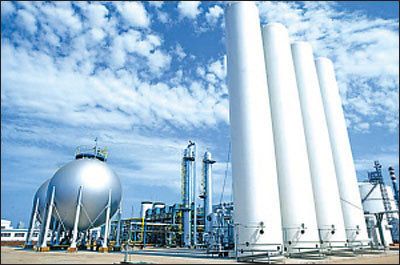 |
Traditional environmental protection mode is changing from downstream and after-the-event management of the past to today's whole-process supervision and control. The Clean Production Promotion Law, and the Environment Impact Assessment Law, which went into effect on January 1 and September 1, 2003 respectively, provide guarantees to implement this strategy. The former requires full control over all the production links -- from production design, choice of energy resources and raw materials, technology, equipment maintenance, to waste recycling -- so as to reduce pollution and promote recycling of resources. The latter requires all authorities at city level and above to make environmental impact assessments when making plans for land use, construction and development of districts, river basins and sea areas. In October 2002, the State Environmental Protection Administration authorized the presence of specialized personnel at the 13 key national projects to assess and control their environmental impact. These projects included the Qinghai-Tibet railway and the West-East Gas Transmission Pipeline.
The combination of clean production, integrated utilization of resources, eco-planning and sustainable consumption is an important measure for environmental protection and ecological balance. It aims to reduce and recycle waste and make it innocuous and to bring about the smooth circulation of materials in the economic system and natural eco-system. The first group of experimental units of national circulating economy, including seven key industries (e.g., chemicals), four key fields (e.g., recovery and re-use of renewable resources), 13 industrial zones (e.g., state- and provincial-level development zones and agricultural exemplary zones), and ten provinces/regions which are rich or deficient in resources in east, central and west China. The circulating economy is to be explored in key sectors such as iron and steel, non-ferrous metals, chemicals and construction materials, so as to perfect a renewable resources recycling system and establish resource-recycling mechanisms. This will give rise to groups of model industrial cities developing circulating economy.

